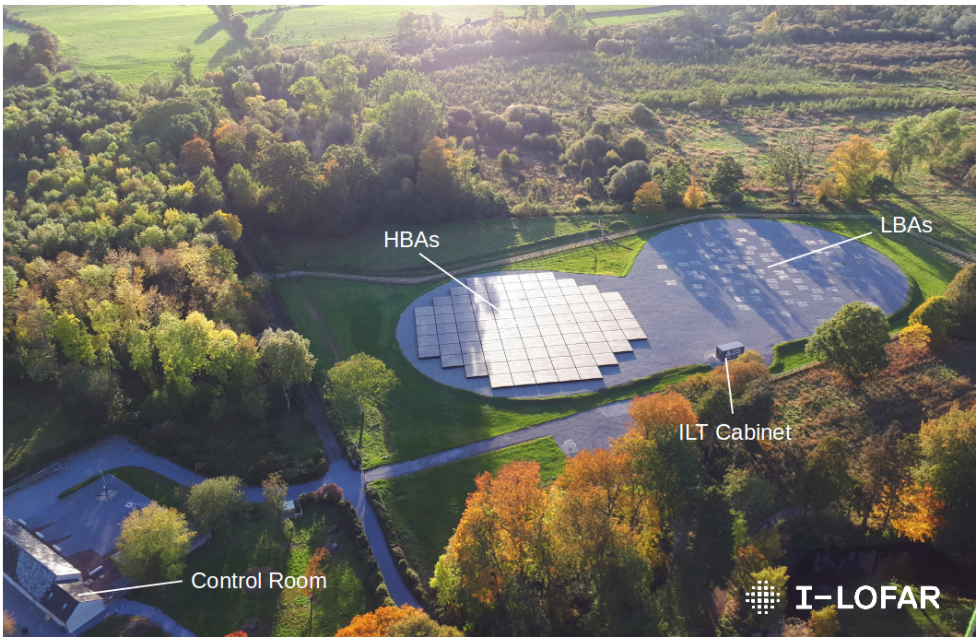The Irish Independent reports: Dr Mark Kennedy of University College Cork’s School of Physics has co-authored a paper published in Nature today outlining the findings from one of the most powerful explosions ever witnessed.
Read moreRecent News
-
Dr. Mark Kennedy - A Significant Discovery
26 Oct 2023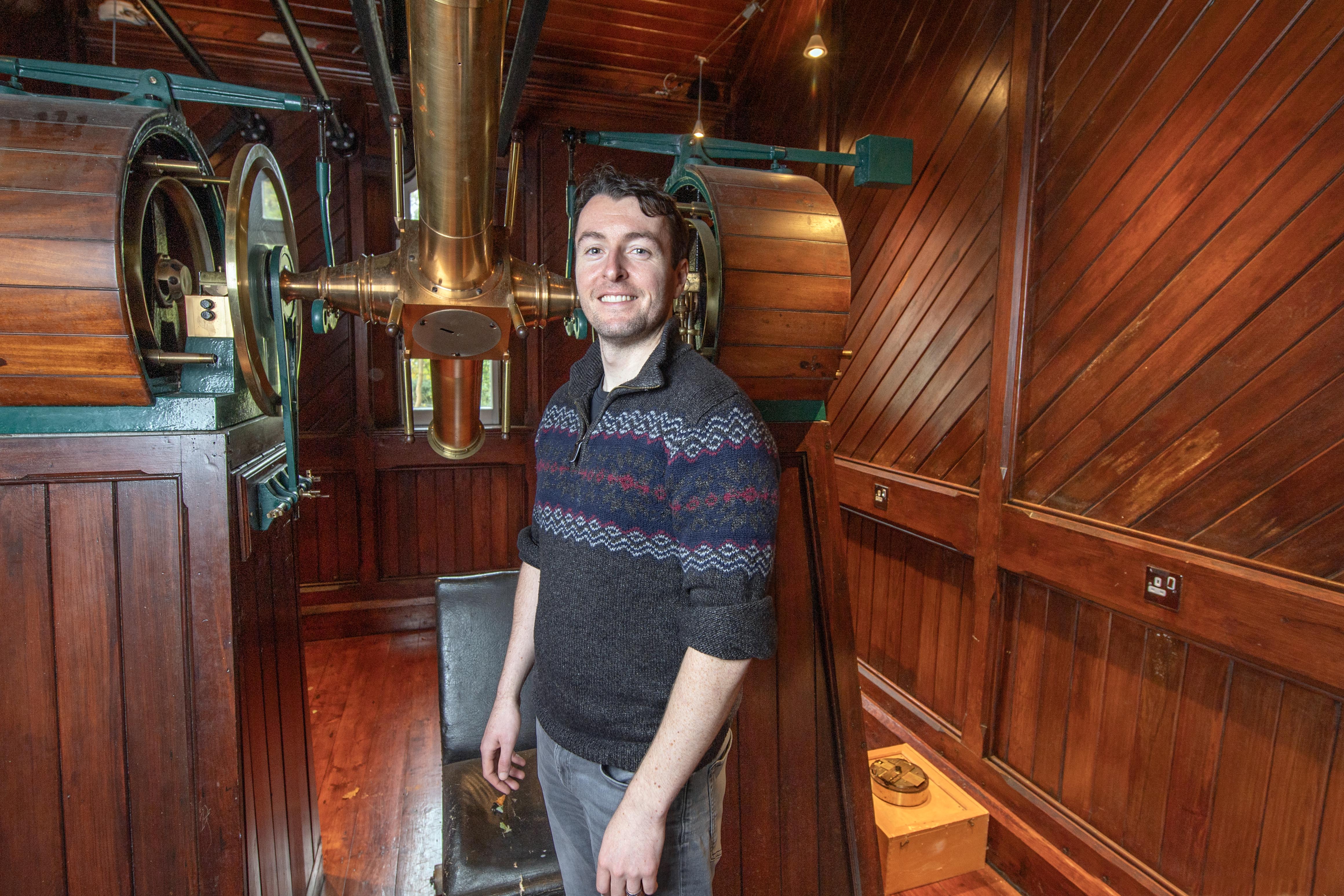
-
Cork Astronomy: LISA Consortium Membership
06 Sep 2023
*Image of a galaxy merger, the precursor to massive black hole binaries/mergers.
Cork Astrophysics is now an official member group of the LISA Consortium.
Read more -
The Renaissance of Stellar Black-Hole Detections in The Local Group
30 Jun 2023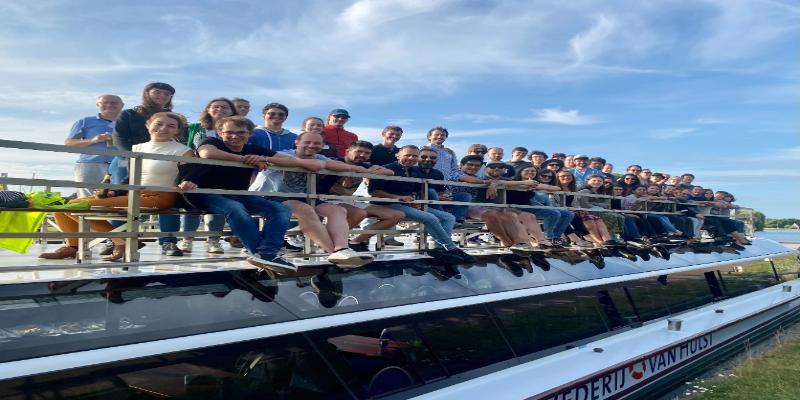
Dr. Mark Kennedy of School of Physics, UCC attended a workshop in the Lorentz Centre, June 2023.
Read more -
ASTRONET Roadmap
03 May 2023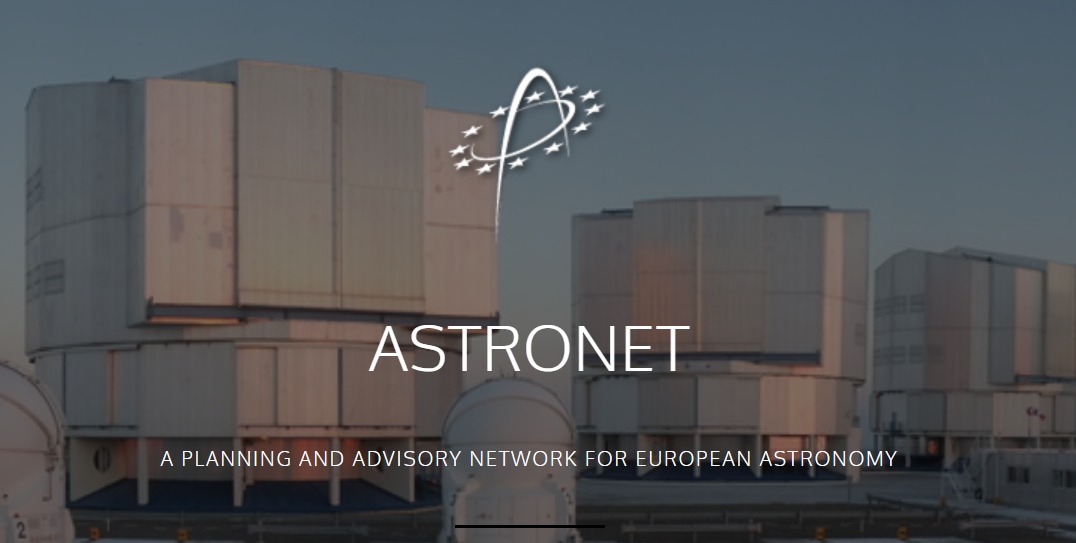
ASTRONET, publishes today its Science Vision and Infrastructure Roadmap 2022-2035, a strategic plan for European Astronomy.
Read more -
Visit to Chile
25 Apr 2023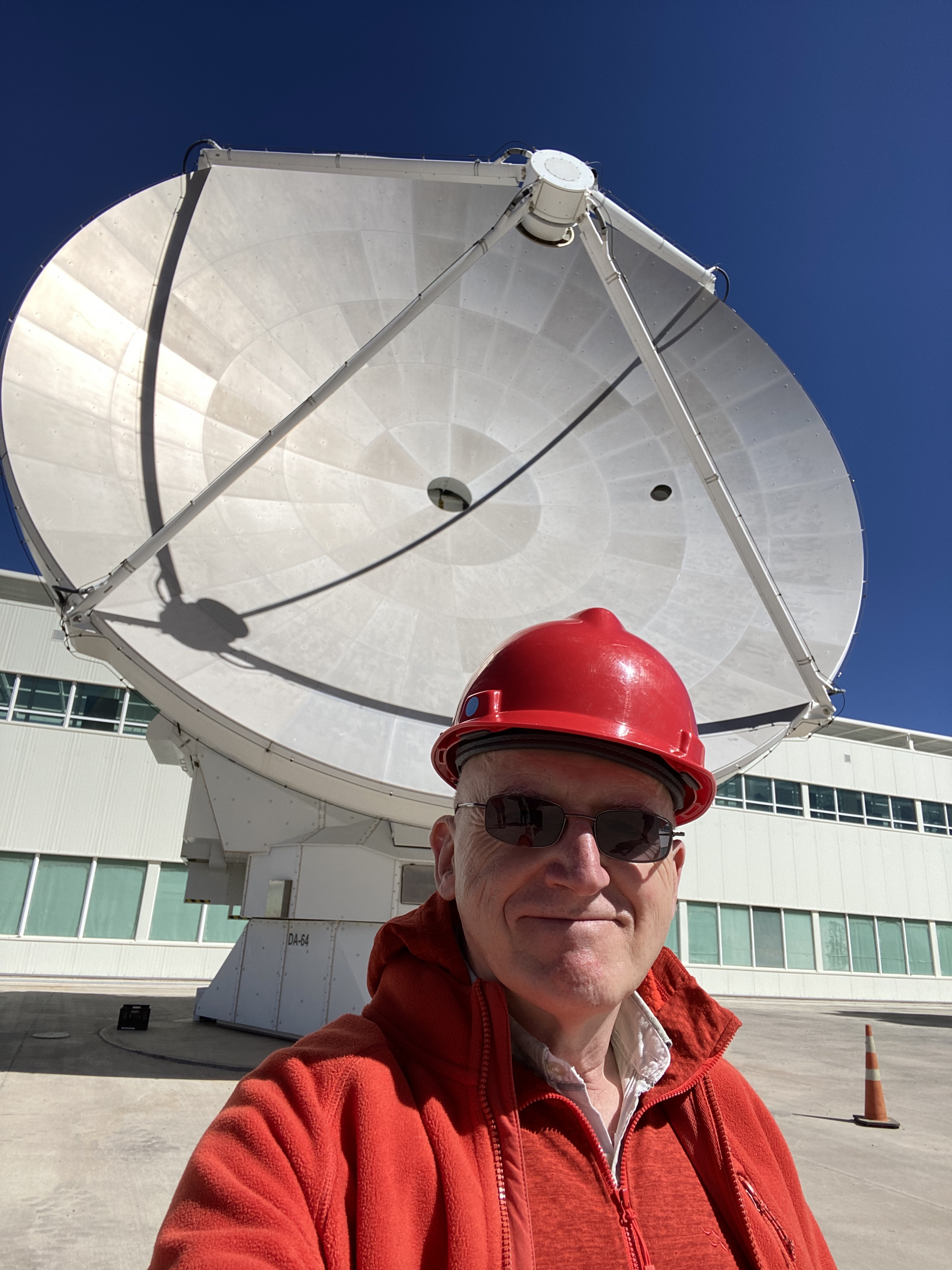
Professor Paul Callanan, School of Physics, UCC visited the European Southern Observatories telescopes in Chile last week.
Read more -
Dr. Mark Kennedy of School of Physics UCC part of team studying neutron stars with NASA telescope
03 Feb 2023
Dr Mark Kennedy from the School of Physics, UCC is part of an international team of researchers that has used a NASA telescope to further our understanding of one of the most exotic types of objects in the Universe: neutron stars.
Read more -
Invisible Monsters: Searching for the hidden population of galactic black holes
06 Oct 2021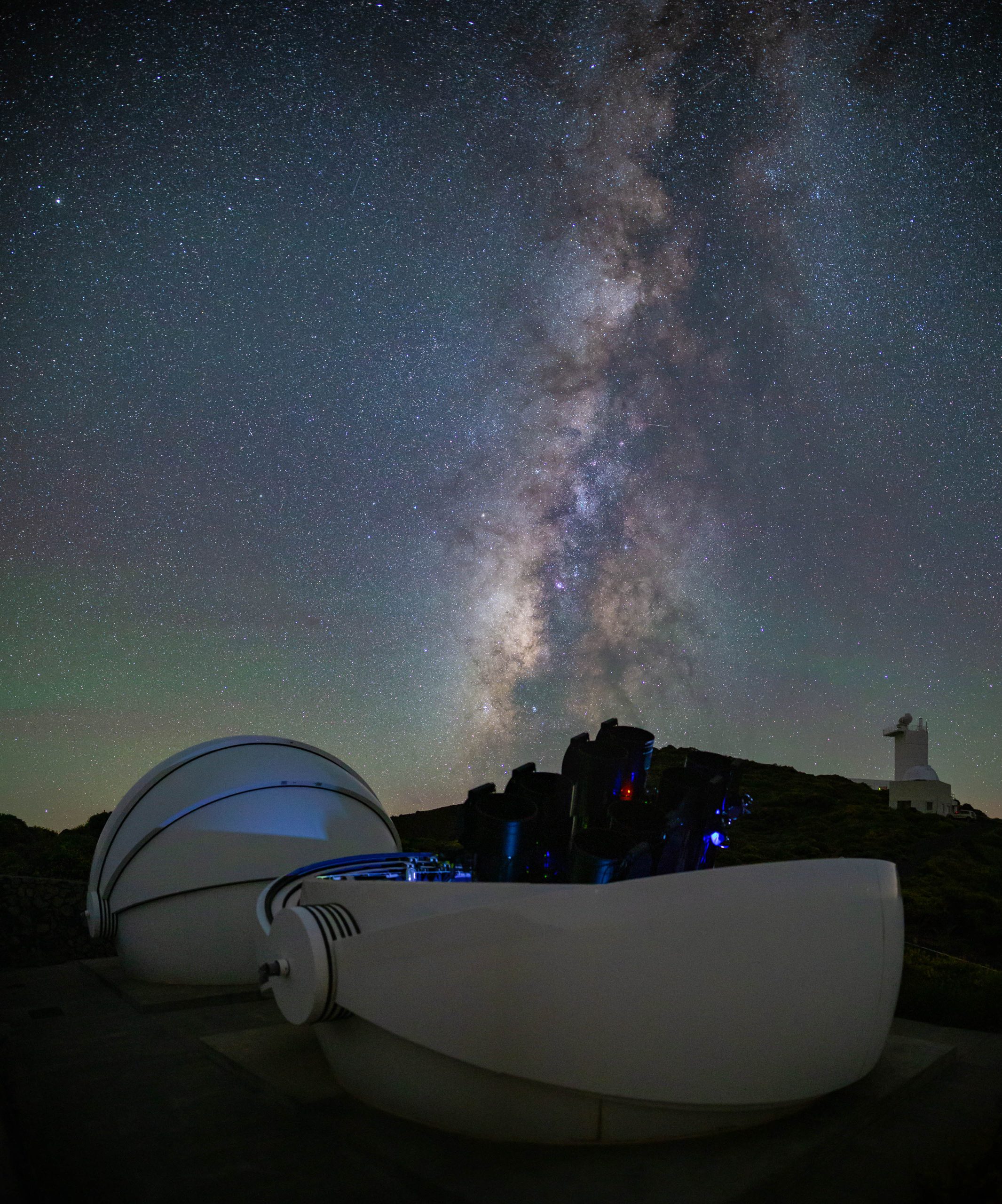
We're delighted to welcome back Dr Mark Kennedy to the Astrophysics: X-ray Binaries research group, for his two-year IRC Govt of Ireland Postdoctoral Research Fellowship on his project "Invisible Monsters: Searching for the hidden population of galactic black holes"!
Read more -
First Results from the REAL-time Transient Acquisition backend (REALTA) at the Irish LOFAR station
25 Aug 2021Modern radio interferometers such as the LOw Frequency ARray (LOFAR) are capable of producing data at hundreds of gigabits to terabits per second. This high data rate makes the analysis of radio data cumbersome and computationally expensive. While high performance computing facilities exist for large national and international facilities, that may not be the case for instruments operated by a single institution or a small consortium. Data rates for next generation radio telescopes are set to eclipse those currently in operation, hence local processing of data will become all the more important. Here, we introduce the REAL-time Transient Acquisition backend (REALTA), a computing backend at the Irish LOFAR station (I-LOFAR) which facilitates the recording of data in near real-time and post-processing. We also present first searches and scientific results of a number of radio phenomena observed by I-LOFAR and REALTA, including pulsars, fast radio bursts (FRBs), rotating radio transients (RRATs), the search for extraterrestrial intelligence (SETI), Jupiter, and the Sun.
Read on arxiv.org

